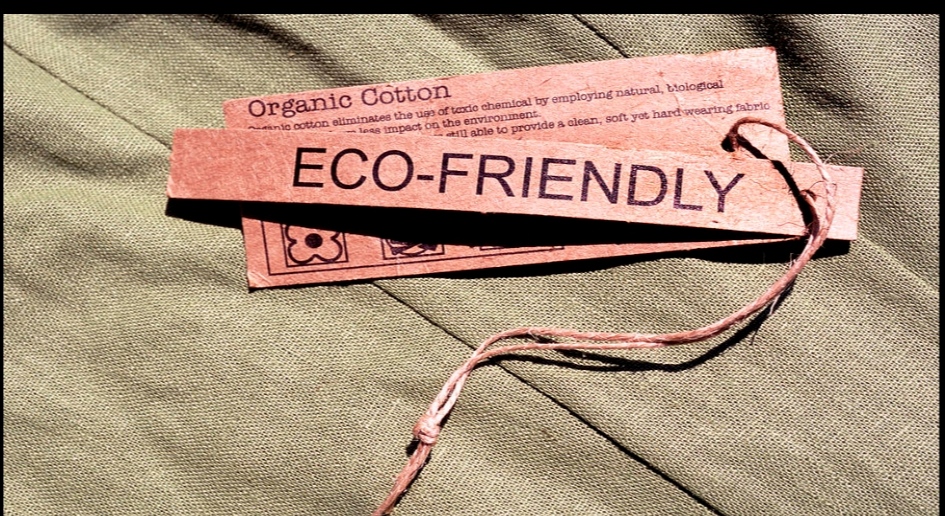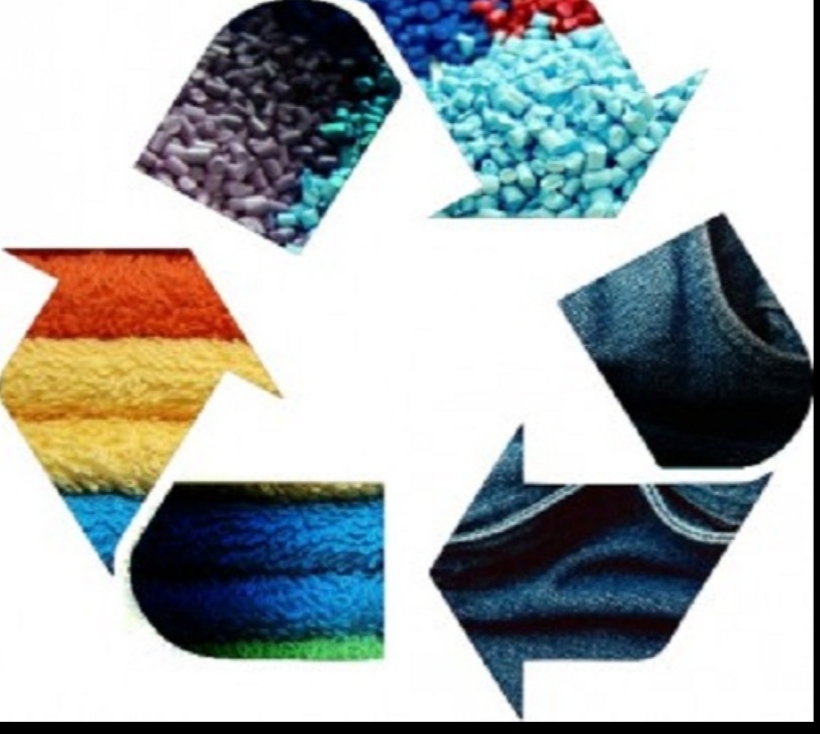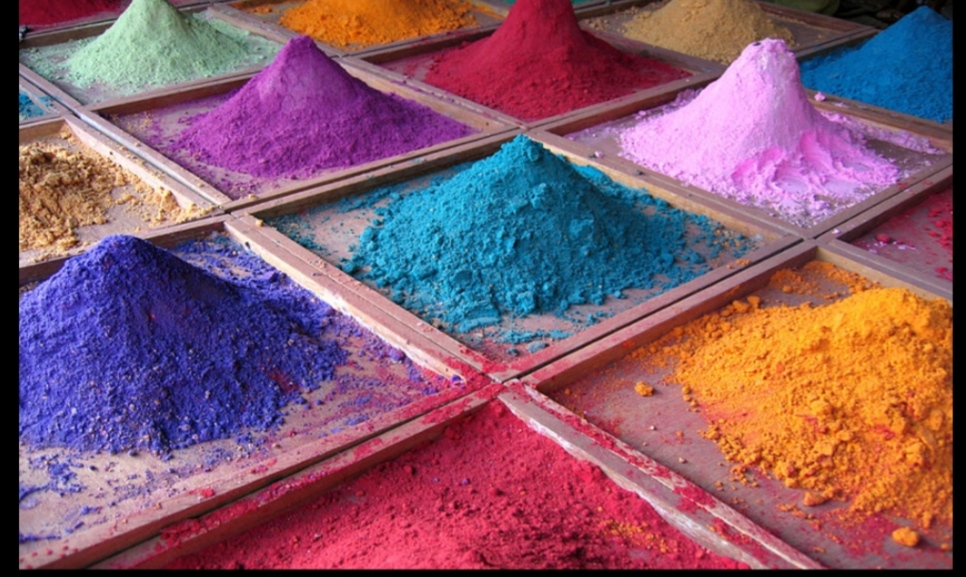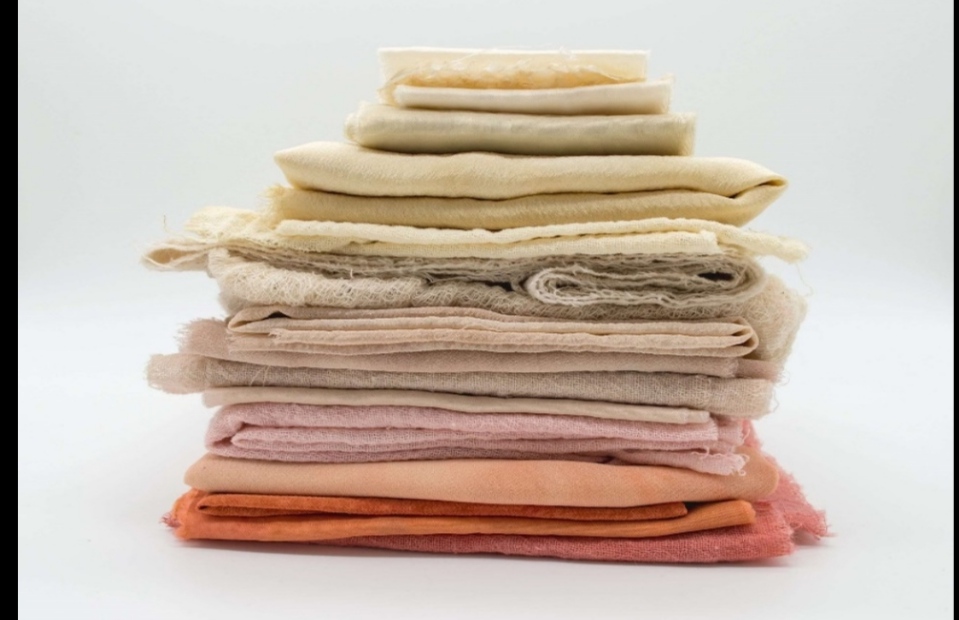In an era where sustainability is at the forefront of global consciousness, the textile industry has been undergoing a significant transformation. Sustainable textile practices have emerged as a pivotal force, reshaping the way we produce, use, and dispose of textiles. This shift is essential in addressing environmental concerns and ensuring a more responsible and eco-friendly future for the fashion industry.
1. Sustainable Materials:
The foundation of sustainable textiles lies in the materials used. Traditional fabrics like cotton and polyester have significant environmental impacts due to resource-intensive cultivation and production. Sustainable alternatives include organic cotton, Tencel, hemp, and recycled fibers. These materials reduce water and energy usage and lower the carbon footprint of clothing.

2. Efficient Water Management:
Water is a precious resource, and the textile industry is notorious for its high water consumption. Sustainable practices involve implementing innovative technologies and techniques for reducing water usage. Techniques like dyeing and finishing processes that use less water, as well as recycling and reusing water within production, are being employed to reduce the industry’s water footprint.

3. Recycling and Upcycling:
Recycling and upcycling play a significant role in sustainable textile practices. By repurposing old textiles and turning them into new products, we reduce the need for virgin resources. Many fashion brands are now incorporating recycled materials into their collections, demonstrating the potential of giving new life to existing fabrics.

4. Closed-Loop Manufacturing:
Closed-loop manufacturing systems are designed to minimize waste by recycling and reusing materials. In the textile industry, this involves processes like recycling old textiles into new fabrics, minimizing waste at every stage, and designing products with a focus on durability and recyclability. Closed-loop manufacturing ensures that textile products have a longer life cycle and are less likely to end up in landfills.
5. Low-Impact Dyeing:
Dyeing fabrics can be resource-intensive and polluting. Sustainable dyeing methods, like natural dyes and digital printing, minimize water and chemical usage, reducing the environmental impact of textile.

6. Biodegradable Textiles:
Innovation in biodegradable textiles is creating materials that naturally decompose, reducing the fashion industry’s contribution to landfill waste. Fabrics made from materials like algae, mushrooms, and pineapple fibers are becoming increasingly popular.

7. Consumer Education:
Perhaps the most critical aspect of sustainable textile practices is consumer awareness and education. People need to understand the environmental impact of their clothing choices and make more informed decisions about what they buy and how they care for their textiles.
In conclusion, sustainable textile practices are revolutionizing the fashion industry by addressing its environmental and ethical challenges. By embracing eco-friendly materials, responsible manufacturing, recycling, and ethical labor practices, we can reduce the textile industry’s carbon footprint and promote a more sustainable, eco-conscious future for fashion. It’s a transformation that benefits not only the planet but also the well-being of all those involved in the supply chain, from growers to consumers. Together, we can weave a more sustainable fabric for the future of fashion.
Writer Information:
Md. Nobe Nur Alam Nirjor
Ahsanullah University of Science & Technology


